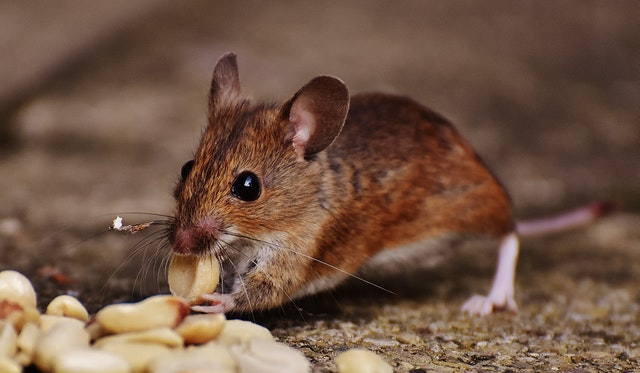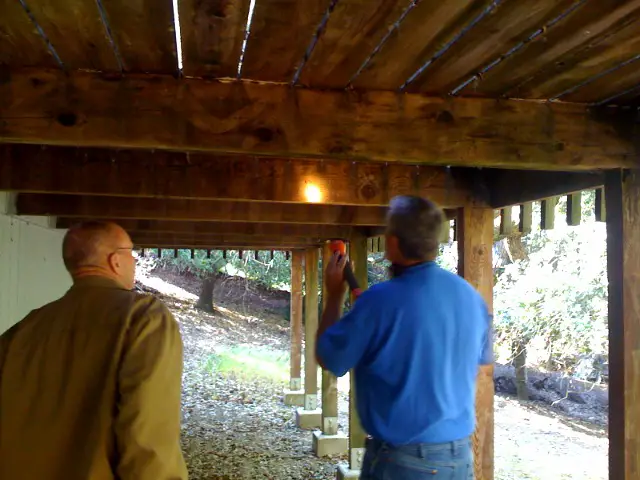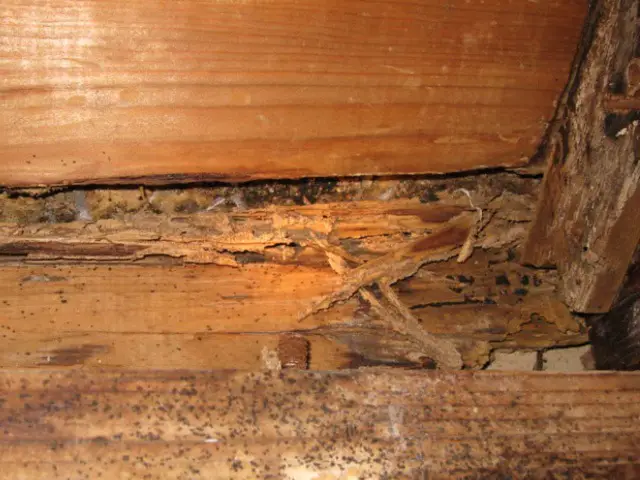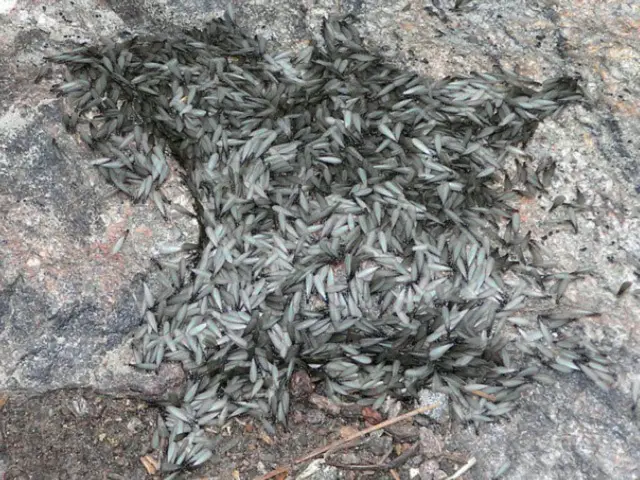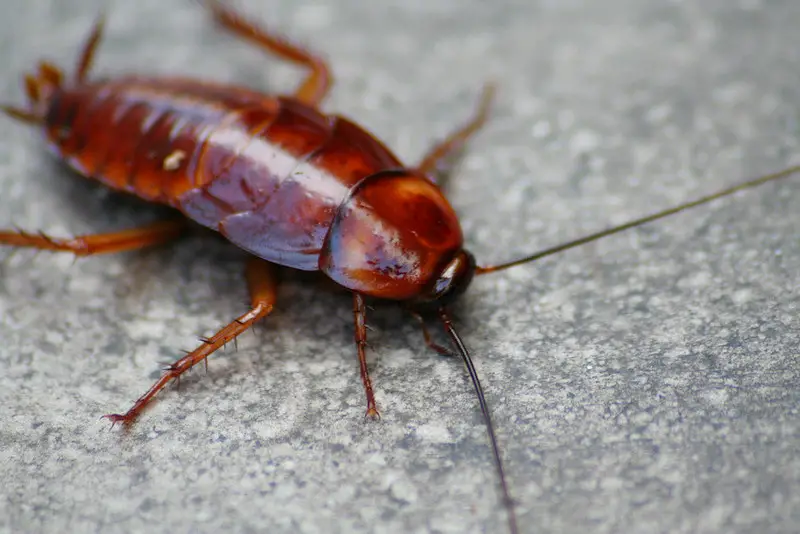If you want to trap a rat, you need to use the best rat trap bait. It is important to note that there is a difference between baiting a rat with bait and baiting a rat with poison. Of course, you can bait a rat to catch it with a trap of some sort. But, you can also use bait with poison inside. Rats cannot vomit. Once they ingest poisoned bait, they cannot get rid of it by throwing up. The poison must pass through their digestive system.
What food is irresistible to rats?
It’s important to know that rats feed on anything they can get their hands-on. But, some foods will attract rats more than others. The goal is to make sure the rat cannot take the food without getting caught in the rat trap. To lure rats to a rat trap, you should place food rats love, such as peanut butter.
To lure a rat into a rat trap, place the bait on or near the bait platform. It is also useful to place bait near the trap to induce the rat to step on the trap and cross it more than once. Sometimes it is necessary to bait the rat trap before setting it up so that the bait can be eaten a few times.
Use of rat traps or rat baits which do not allow the possibility of food contamination. The use of rat traps and poison baits poses a potential danger to children, pets and wildlife.
What is the most attractive bait for rats?
Some of the most attractive rat trap baits are:
- Bait blocks – One poison bait block could kill ten rats.
- Peanut butter – What’s not to like? Sticky, full of fat, and sweet too. Chunky peanut butter is one of the best rat trap bait.
- Bacon – Smoked bacon is one of the best baits for rats. The extra tasty scent of smoked bacon makes this rat bait a great option for rat traps.
- Ripe or rotten fruits – Rats love fruits like blackberries, strawberries, blueberries, blackcurrants, raisins, and pomegranate.
- Vegetables – Rats love vegetables like corn, broccoli, squash, carrots, asparagus, greens, peas, cucumber, cauliflower.
- Cereals – Rats are particularly attracted to high caloric foods such as cereals.
- Meats – Rats love meat. Beef, pork, hot dogs, you name it, if it has meat rats will eat it.
No matter what bait you offer, rats must feel safe to eat in order to eat the bait of your trap. With rat traps, you need to choose the bait that works best for the rodents such as rats and mice in your region. Using the right bait will make your rat traps more effective, but your rat trap will be useless if you have chosen the wrong type of bait.
One of the most commonly used baits are manufactured solutions that contain a poison or anticoagulant to kill the rat population.
The best selection of rat bait depends on the type of rat you want to catch. When it comes to catching rats, one often wonders which bait is the best option for an animal interested in different foods. Determining the type of rat will affect your final bait type. However, if you know your rats, whether you catch brown rats, Norwegian rats or black rats, you can choose the right bait.
If you can catch more than one rat species, it is best to use plant-based foods such as peanut butter as bait. Rats eat a wide variety of food, so it is possible to use many different kinds of food to get an irresistible rat bait. If your goal is to lure a rat into a trap, chunky peanut butter is a great option.
Do rat bait stations work?
Rat bait stations are effective for getting rid of rats. Many professional pest control service providers use rat bait stations because they work. One of the greatest advantages of rat bait stations is that they don’t just catch one rodent at a time. Rat bait stations continue to work as long as there is enough poison.
How much poison is needed to kill rats?
About four ounces of poison is enough to kill ten rats. It takes up to 48-hours before rats die after they take a bite from the poison.
Do rat bait stations attract rats?
The poison in rodent bait stations is designed to attract rats. Beyond the bait inside rodent stations, rats use bait stations as a safe shelter from predators. It’s not uncommon for rats to build nests inside bait stations.
Placing a rat bait station close to a house encourages rats, mice and other rodents to spend more time in that area. Like dogs, packrats use urine to mark territory and objects. Long after the poison killed the rats, they leave their scent behind before they die. The smell – similar to dogs – attracts more rats from the neighborhood.
Generally, pest control companies only check bait stations infrequently. They may check the bait station once a month, but they never clean them. After the first couple of days, the rats clean out all of the poison. And for the rest of the month, the rodent bait station is a convenient bathroom and hiding place. The bait station also attracts many more rats in the area because it feeds rats.
One of the saddest things about bait stations is that the poison bait kills the very animals that naturally control rats, mice and other rodents. For example, an adult owl can eat 2-3 rats a night. Unfortunately, there is no better form of rat control, but the owls are the first predators to disappear when poison is used.
Packrats are most effectively dealt with wild animals by understanding their behavior and creating an environment around a home that minimizes their activity. Packrats mature fast and breed even faster. Many semi-rural areas are perfect for producing an unlimited supply of rats. The best way to control these pests is by limiting harborage. Rats need nests to survive. If you limit harborage, you also limit the number of rats in the area.
Therefore, poison is an imperfect solution because it only creates empty nests to be refilled by more rats, mice, and other rodents.
You can get rid of individual rat nests that can be located and eliminated through trapping and complete nest removal. In addition, you can deny pack rats shelter by clean-up and trimming. It will also prevent rats from starting a new home in your area.
Poison bait shouldn’t be used for pack rats. Unfortunately, poison bait is too dangerous to owls and hawks and it offers little benefit.
Are rat bait stations safe?
Rat bait stations are designed to be safe to use in areas where children or pets may be present. The rat bait inside the bait station is only accessible to rats. Some bait stations can be used both inside and outside.
How long does it take for a rat bait station to work?
Once a rat nibbles a lethal dose of the bait, it will begin to die with one to two days.
What do professionals use for rat bait?
Professional use rodenticides for rat bait. The rat bait also consists of a delivery mechanism such as powders, seeds of grains, and pellets. Only bromethalin is considered safe to use near homes.
Do rat bait blocks work?
Rat bait blocks work inside bait stations. Bait stations hold a bait block inside. They are designed to prevent children and dogs from coming in contact with rat bait blocks. One four-ounce bait block can kill as many as ten rats.
How many poison blocks does it take to kill a rat?
One bait block could kill up to ten rats.
Rat bait tips
Where to place bait stations?
It’s best to place rat bait stations between their nest the food source. Place the bait station along the wall where the rats are likely to come up to them as they move around. Rats are quick to enter bait stations and nibble on the bait. If you don’t get results within a couple of days, move the bait stations to new locations. Leave 15 to 30 feet between bait stations.
How often should I replace rat bait?
If you are using meat as rat bait, make sure to change is every couple of days.
Do rats like peanut butter?
There is no houseguest quite as unwanted as the highly adaptable, grossly destructive, and possibly even dangerous wild rat. Rats have been notable throughout history as carriers of fleas and diseases, as well as unwelcome vermin that will ruin both your food and your house. They can be destructive, disturbing, and even a little scary. This is why it is important to counteract their movements in and around your home with a variety of different rat traps – and peanut butter. Because having a trap means nothing until you have something as alluring as peanut butter. Right?
But why peanut butter? Do rats like peanut butter? In fact, they absolutely do. There is little information regarding exactly why rats and peanut butter go together so well – or how anyone found out that they did, regardless of why and how, it has been tested and proven that one of the best and most trusted ways to bait a rat is by spreading the yummy, sticky substance that is peanut butter right onto a trap. Once you get it all set, the rats will be sure to come running.
There are two distinguishable rats that you might notice in your home: black rats and brown rats. Black rats are vegetarians, so they eat only plant foods – while brown rats eat both meat and plant foods. Do you know what the perfect plant food that both of them will love is? That’s right—peanut butter. Not only does it fit with a rat’s diet, but it is also sticky, making the rat more likely to disturb as well as set off the trap. Who knew that peanut butter would be good for something other than eating with a spoon?
Other Ways to Trap Rats
Besides using peanut butter, there are a few other tried and true ways to trap rats effectively and quickly spare your home of any further damage. For example, you can place cardboard tunnels over the rat traps to create an enclosed space that will attract rats to the peanut butter trap even more so than they already are (if that’s even possible). It is also important to note that rats are very shy creatures that take a while to warm up to new surroundings, so don’t be worried if it’s been a week or so and nothing has happened. Rats will have to first grow accustomed to the traps before they will approach them. So wait patiently because soon the rats will give in to the temptation of the peanut butter.
Trapping rats can be frustrating as well as a little gross, but in the end, it will all be worth it. There are a variety of ways to trap rats, with multiple different trap types out there that will catch a rat however you deem appropriate—one thing that is universally true, though, no matter the trap – peanut butter. To successfully protect your home against invading wild rats, be sure to use peanut butter as bait. Because just like us, rats and peanut butter seem to go together incredibly well.
